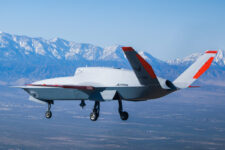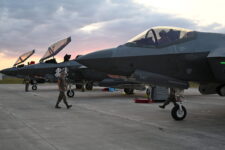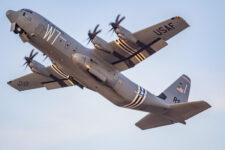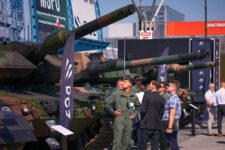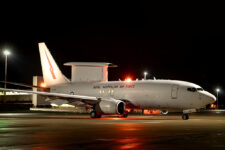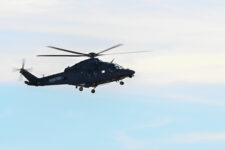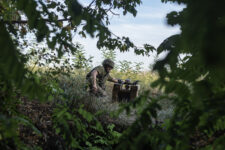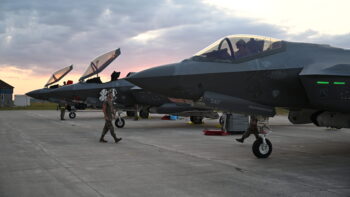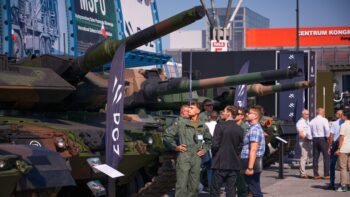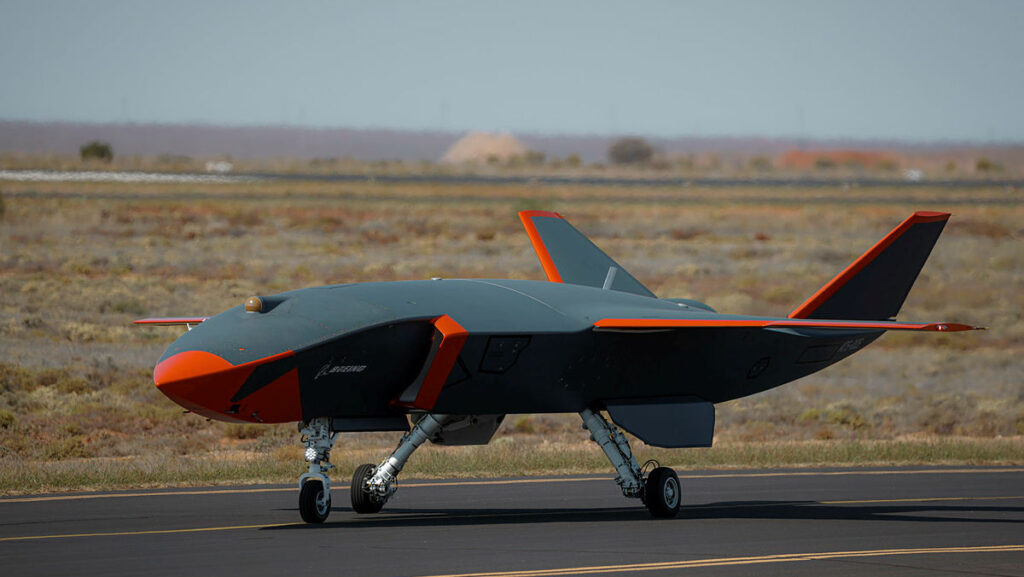
Australia’s MQ-28A Ghost Bat is an autonomous air vehicle intended to operate as part of an integrated system of crewed and uncrewed aircraft (Australia DoD)
PERTH, Australia — Despite reports to the contrary, Australia is still considering arming Boeing’s Ghost Bat drone with lethal payloads, Australia’s defense industry minister told Breaking Defense on Wednesday.
In an interview during the Indian Ocean Defense and Security conference here, Pat Conroy refuted a Wednesday story in The Australian that claimed the MQ-28 would not carry lethal munitions. However, he did say that, for now, ISR sensors are the priority for the unmanned system.
“We are initially concentrating on ISR capability, but we have not ruled out it having combat capability. We are investigating the payload implications,” Conroy said.
A Boeing source said “It is up to the RAAF or other future customers what payloads the aircraft will carry and what missions it will fly.” The source, who spoke on background, said that Royal Australian Air Force and Boeing “have developed the MQ-28 capability with flexible, modular sensors and payloads, and our strategy remains unchanged.”
New Transport Contract Announced
The security conference coincided with an announcement from the Department of Defence that it was approving the first phase of its Landing Craft Medium program.
The effort will see 18 vessels built, each capable of transporting HIMARS or other large artillery pieces across the water. The contract for the program, which could be worth $2 billion AUD ($1.32 billion USD), has been awarded to a team of firms Austral and Birdon, with the first to be delivered in 2026. Birdon handles the design work and Austal builds them.
Austal is also working towards an expected future requirement for eight Landing Craft Heavy vessels, announcing today a new joint venture with Civmec for the effort. The heavy craft could be worth up to $5 billion AUD ($3.3 billion US), and Austal CEO Paddy Gregg said in a release the joint venture would provide the company “with immediate access to a larger pool of skilled shipbuilding workers” that could work on multiple projects.
“These vessels are an essential component of Army’s transformation and optimization for littoral maneuver. They will support a strategy of denial which includes deploying and sustaining modernized land forces with long-range land and maritime strike capabilities across our region,” according to a Defense Ministry statement today.
Be as that may, there have been questions raised about whether these vessels would be sitting ducks for enemy fire in a situation where they would be transporting weapons. In today’s interview, Conroy defended the decision, noting that there is a much larger surface Royal Australian Navy’s fleet being built is designed to protect them.
“We are constructing a surface fleet to protect them and other assets,” Conroy said.
